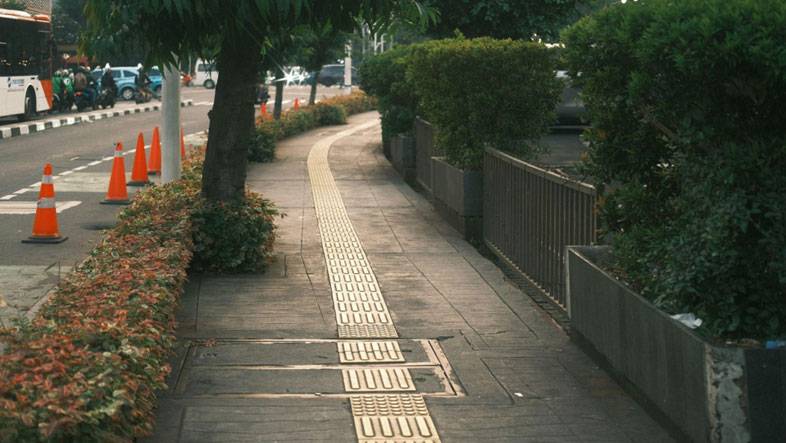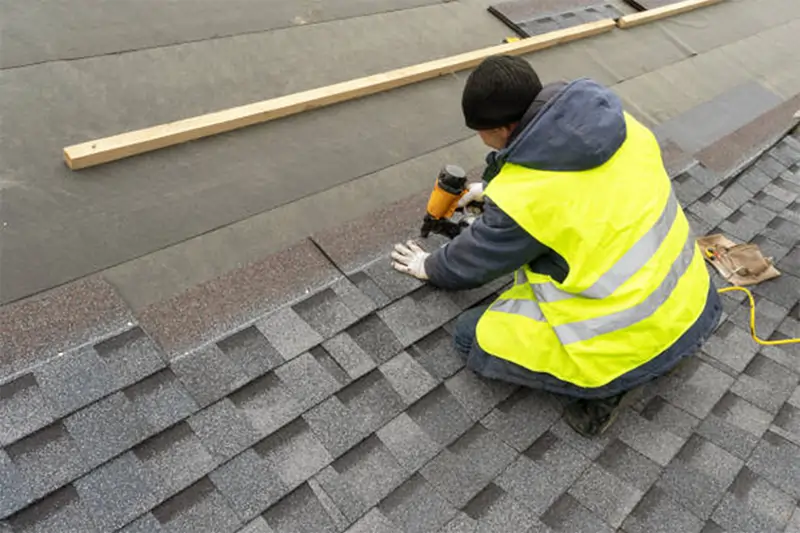Smart Homeowner Checklist to Prevent Sidewalk Violations
Owning belongings in New York City comes with its sincere percentage of obligations, and one of the most omitted is sidewalk safety. While sidewalks can also seem like public infrastructure, the NYC Department of Transportation (DOT) places the weight of upkeep squarely on the shoulders of adjoining property proprietors. A single crack or choppy slab can result in a DOT violation, which, if unnoticed, can motivate expensive upkeep, liens, or maybe crook criminal obligation. The particular news is that using a checklist will help you stay earlier of capacity troubles and maintain your sidewalk regularly, compliant, and violation-loose.
Understand What Constitutes a Violation
Before you could prevent a violation, you want to recognize what the NYC DOT violation lookup. Common sidewalk defects encompass cracks wider than 1/2 an inch, enjoy risks due to uneven flags with a peak distinction of more than half an inch, collapsed or missing sections, wrong slope that reasons water to pool, and hardware protrusions together with cellar doorways or software covers that aren’t flush with the surface. Even minor imperfections can motivate a violation on the occasion that they pose a danger to pedestrians.
Conduct Routine Sidewalk Inspections
Make sidewalk inspections a part of your regular property safety routine. Walk the perimeter of your property at least as quickly as a month and after important weather events. Look for symptoms of damage which embody new cracks, moving slabs, or areas wherein water collects. Document any adjustments with pics and notes. This report can be useful in case you want to dispute a contravention or coordinate with city companies for protection regarding tree roots or application lines.
Address Minor Issues Promptly
Small cracks and floor imperfections may not seem urgent, but they may be capable of rapidly getting worse because of freeze-thaw cycles, heavy foot site site visitors, or root intrusion. Use concrete patching compounds or sealants to fill minor cracks and prevent water infiltration. For slightly uneven slabs, floor grinding can restore a degree of strolling floor without the need for the whole possibility. Acting early can save you lots in future upkeep and help you avoid a proper violation.
Manage Tree Roots Responsibly
Street bushes are a desired part of NYC’s panorama, but their roots can wreak havoc on sidewalks. If you are aware of a slab beginning to convey close to a tree pit, communicate with an arborist or the NYC Parks Department earlier than taking motion. Unauthorized root reduction can harm the tree and cause fines. In some instances, the city can also lower the rate of preservation via its Trees and Sidewalks Program, particularly for owner-occupied one- to three-circle of relatives homes. When converting sidewalk sections near timber, remember the use of flexible paving substances or putting in root barriers to prevent destiny harm.
Ensure Proper Drainage
Water is one of the maximum detrimental forces for concrete. Poor drainage can cause erosion underneath the sidewalk, inflicting it to sink or crack. It additionally contributes to freeze-thaw harm in a lot less warm months. Make nice your property’s grading directs water faraway from the sidewalk. Clean gutters and downspouts regularly, and keep in mind putting in splash blocks or underground drainage structures to prevent runoff from pooling on the pavement. If you observe reputed water after rain, check out the reason and address it properly.
Keep the Sidewalk Clear and Accessible
Sidewalks should remain free of obstructions generally. Overgrown flowers, trash containers, production substances, or perhaps ornamental planters can block pedestrians’ right to get right of entry to and result in violations. Trim timber and timber regularly, and make sure that any brief obstructions—like scaffolding or dumpsters—are nicely accredited and do no longer prevent foot site visitors. During wintry climate, shovel snow directly and use de-icing merchandise that won’t damage concrete. NYC regulation requires snow and ice to be cleared indoors a specific time frame after snowfall ends, and failure to comply can result in fines.
Use Licensed Contractors for Repairs
When upkeep is essential, don’t lessen corners. Using substandard substances or hiring unlicensed contractors can result in untimely failure and some distinct violation down the road. Always use DOT-normal materials and hire contractors licensed by means of manner of the NYC Department of Consumer and Worker Protection. A dependable contractor will apprehend metropolis codes, achieve the vital allowances, and ensure the art work meets inspection standards. Investing in something wonderful now can prevent repeat repairs and bring expenses later.
Schedule Preventive Maintenance
Preventive protection is more fee-powerful than emergency upkeep. Consider scheduling annual or biannual inspections with a sidewalk contractor to become aware of and deal with functionality troubles earlier than they emerge as violations. These specialists can spot early signs and symptoms and signs and symptoms and signs of decay, suggest suitable fixes, and assist you for long-time period safety. Some even offer protection packages that consist of normal cleaning, sealing, and minor maintenance.
Final Thoughts
Sidewalk maintenance in NYC isn’t just about aesthetics—it’s about safety, compliance, and protecting your investment. By staying vigilant, addressing issues early, and working with qualified professionals, you can avoid DOT violations, reduce liability, and keep your sidewalk looking its best. A well-maintained sidewalk not only enhances curb appeal but also contributes to a safer, more walkable city for everyone. Navigating NYC’s sidewalk repair rules just got easier Nycsidewalkviolations.com is your one-stop resource for understanding, resolving, and preventing costly citations.



